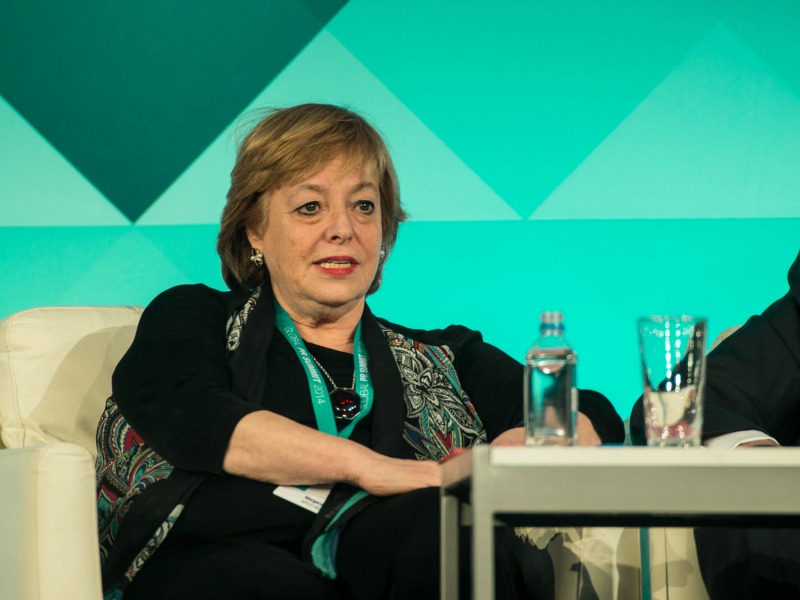Paul Holmes 27 Oct 2014 // 7:00PM GMT

MIAMI—PR agency principals need to start thinking about succession planning the day they open their doors, attendees at the Independent Public Relations Firm Forum heard during a panel on succession planning led by New York law firm Davis & Gilbert, drawing on research conducted in partnership with The Holmes Group.
The research had found that while 80 percent of responding firms have identified the next generation of leaders at their respective firms, but 60 percent have not put any succession plan in place. And while 70 percent believe that one of their current employees could succeed them as CEO, just half have a plan in place to allow the next generation of leaders to own either actual or contract equity.
“You probably should start succession planning when you open your doors,” says Margi Booth, who sold her firm, M Booth Associates, to Next Fifteen. “If you are going to build a firm that is going to maintain leadership you need to start to think from day one about how you are going to retain leadership and encourage people to stay. We didn’t really do that, but we did it at least five years out to make ourselves as attractive as we could be from the start.
But succession planning is just as important for firms not planning an outside sale. Lynn Casey, whose PadillaCRT has an Employee Stock Ownership Plan—which allows employees to convert a part of their salary to stock—says the ESOP was particularly helpful in allowing the exit of the previous generation, who owned a large part of the company, without taking on extra debt. “It also means an inbuilt ownership mindset that means we are all in it together,” she says.
“The identification process has to start really early,” agrees Luke Lambert, CEO of Gibbs & Soell, where there are now 11 owners. The firm, founded in 1971, is under its third generation of leadership. Lambert says every management meeting starts with a 10-minute discussion, attempting to identify potential owners as early as possible and later allowing for a five-year buy-in process.
It’s also important to understand the succession planning is not just about identifying the next CEO.
“Succession planning has to happen at every level,” says Margery Kraus, founder of APCO Worldwide, an employee-owned company since its management buyout in 2004, with more than 60 shareholders around the world. “You are building a system. You need to have people who are ready to move up as you grow.”
At the time of the MBO, the firm ensured that 30 percent of the shares would be set aside for employees. “It has helped to ensure a very stable group of people at the top of the firm.” The firm also makes grants to people it has identified as future leaders.
Booth, meanwhile, provided “phantom equity” to eight to 10 of its senior people at the time of its sale, with a four-year earn-out, providing a reward to those individuals as the company continued to grow under its new parent.
One final area of agreement was the value of an independent valuation of the firm—something many owners find worrying because of the financial transparency. Casey in particular felt the valuation process has been particularly useful in making employees feel truly “invested” in the firm.


































.jpg)




.tmb-135x100.jpg)












